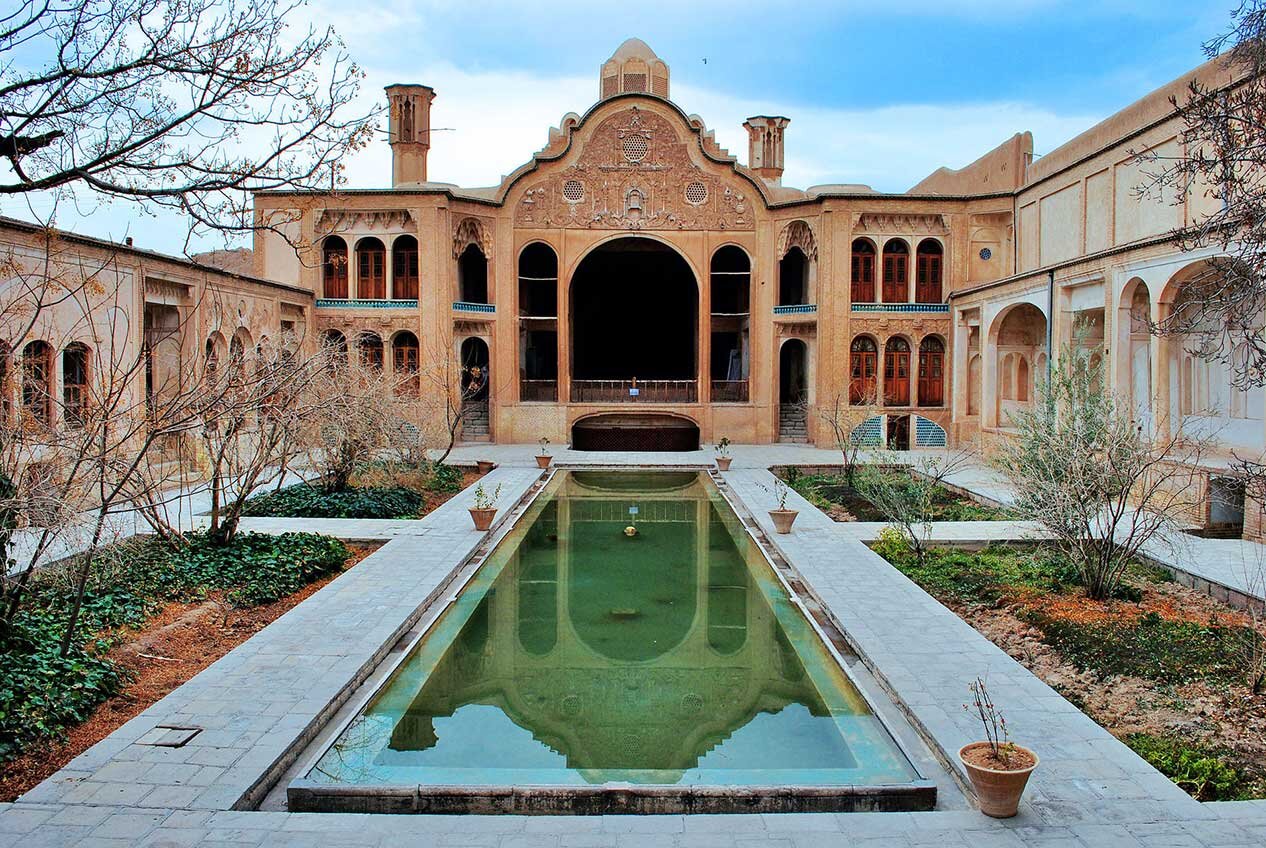Fajr Architecture Festival set to debut in 2025

TEHRAN-The first edition of the Fajr Architecture Festival is scheduled to take place during the upcoming Ten-Day Dawn celebrations from February 1 to 10, 2025, which marks the 46th anniversary of the Islamic Revolution.
The Fajr Architecture Festival will be included in the series of festivals organized by the Ministry of Culture and Islamic Guidance, culture minister Mohammad-Mehdi Esmaeili announced on Sunday.
The festival will be organized in cooperation with the Ministry of Transport and Urban Development, as well as the Supreme Council of Urban Planning, the minister said.
“In this regard, we will collaborate with the Ministry of Cultural Heritage, Tourism, and Handicrafts, the Islamic Republic of Iran Broadcasting (IRIB), and other cultural institutions,” he added.
“However, it is important to note that the primary responsibility rests with the architectural artists,” he emphasized.
The festival is scheduled to be held biennially, he mentioned.
Iranian architecture is a reflection of the rich history, culture, and traditions of the country. With influences from various civilizations and dynasties that have ruled over Iran throughout the centuries, Iranian architecture boasts a unique blend of styles and techniques. One of the most notable features of Iranian architecture is its intricate use of geometric patterns, intricate tile work, and calligraphy, which can be seen in mosques, palaces, and historical sites across the country.
Modern Iranian architecture continues to blend traditional elements with contemporary design trends, creating a unique aesthetic that reflects the country's dynamic cultural landscape. Architects in Iran draw inspiration from the rich history of Persian architecture while incorporating innovative technologies and sustainable practices.
From skyscrapers in Tehran to cultural centers in Isfahan, Iranian architects are pushing boundaries and redefining the architectural landscape. The use of natural materials, such as local stone and wood, along with intricate tile work and geometric patterns, creates a sense of continuity with Iran's architectural heritage while embracing modernity.
SAB/
Leave a Comment